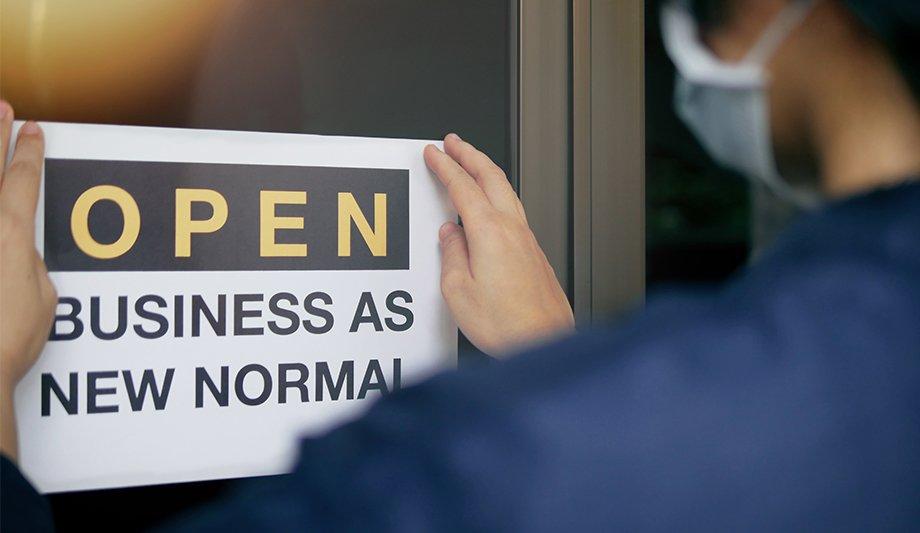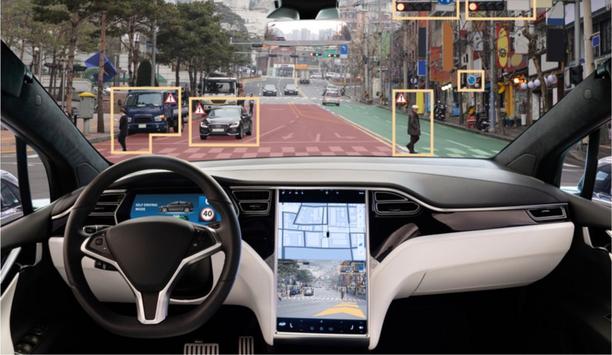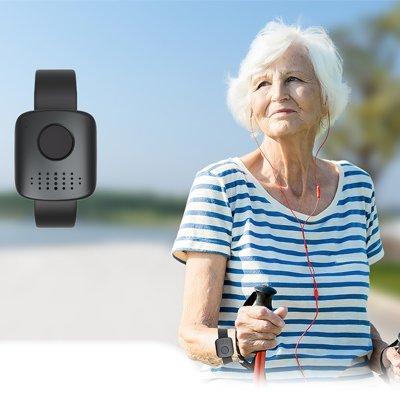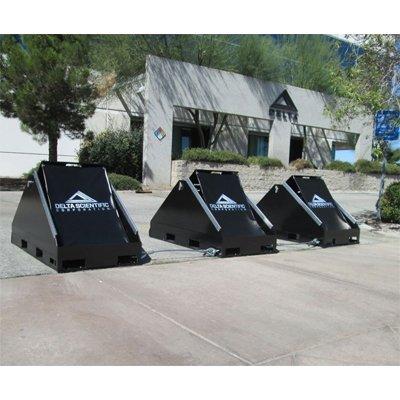We’ve just endured an event that was unprecedented in recent history. COVID-19 greatly affected our lives: our daily activities, the health and well-being of our families and friends, and business operations as we know it. Now that stay-at-home restrictions have been lifted, organizations are preparing for employees to return to work.
Confidence surrounding the return to the office hinges on the employees’ perceptions of how well they will be protected while at work. One thing is certain: There is a lot of work ahead. Let’s look at some of the challenges enterprises can expect to face and how to best address them.
Addressing the Return to the Office
To say that the COVID-19 pandemic has disrupted operations around the world, is the understatement of the decade. That being said, businesses and governments are under mounting pressure to restart their operations as quickly as possible. With ‘social distancing’ and other measures helping to curtail the spread, organizations are turning their attention to a critical question, “How do we effectively restart operations, while protecting our employees’ and citizens’ health and safety?”As organizations begin to “reboot,” they must be able to take a variety of factors into consideration and focus on what they can actually control
In the absence of defined contingency plans, industry standards or regulatory guidance, organizations are looking for innovative ways to help address a host of new challenges. Businesses are not just focused on response or monitoring of hot zones during the pandemic; they’re also thinking about afterward, when people return to the daily activities and the workplace under a different, new set of circumstances.
Embarking on this journey and being successful requires a key element: the insight to adapt. As organizations begin to “reboot,” they must be able to take a variety of factors into consideration and focus on what they can actually control: their employees’ safety, operating models, and existing compliance requirements.
Building Confidence
Adjusting these elements demands a pragmatic approach that addresses the potential risk to employees in various environments while also delivering a degree of confidence to customers that an organization is taking a meaningful, proactive posture to keep people safe and healthy. Also, as circumstances change, obtaining the insight to adapt to those changes is crucial for businesses to stay one step ahead and remain agile.
One example of this, that we expect to impact the future of business, is the increased use of mobile applications to provide remote health checks of employees while delivering push notifications of wellness tips, rapid communication when issues arise, and response to a call for help in case of emergency changes in health status.
Employee monitoring
To illustrate the point, having employees provide current symptom status and temperature before arriving at work can help to establish a baseline. Upon arrival, they complete a quick check-in to verify the information before entering the premises.It is important to remember that private health information is being shared, requiring adherence to existing privacy requirements
In this instance, it is important to remember that private health information is being shared, requiring adherence to existing privacy requirements, documentation, record keeping and accuracy checks. Doing so manually is a significant challenge, hence the need for a systemic approach. Organizations are looking for applications that map to their current needs, can scale to larger populations as needed and remains adaptable to emerging requirements and legal mandates as they evolve.
We expect to continue to see new use cases like this evolve as organizations implement new approaches to daily operation. Regardless of the use case, the underlying driver is that access to information and flexibility is critical and the ability to respond quickly is vital.
Looking to the Future
As we all adjust to different ways of operating, business and security leaders need to keep a few guidelines in mind. First, it is critical to identify the mission-critical challenges that are most relevant to your operations. What works for an organization down the road, may not work for your business. Next, you need to implement processes and policies that are flexible enough to fit your situation, scalable to larger or smaller groups and adaptable to new requirements be they regulations, standards, processes or new technologies. And lastly, above all else, be pragmatic. The solution should not be worse or more complex than the problem.
As we move out of this phase and into the weeks, months and years ahead, there is hope. By empowering your team and the overall business to realize stronger risk awareness, deeper threat detection and prevention, and broader visibility, you can develop a return-to-work strategy that enables you to get your operations up-and-running quickly and efficiently.



























